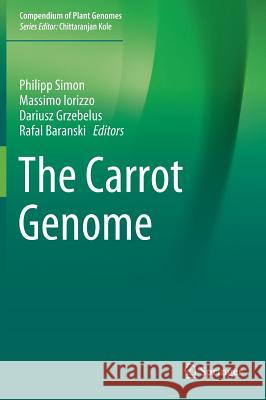The Carrot Genome » książka
topmenu
The Carrot Genome
ISBN-13: 9783030033880 / Angielski / Twarda / 2019 / 372 str.
Kategorie:
Kategorie BISAC:
Wydawca:
Springer
Seria wydawnicza:
Język:
Angielski
ISBN-13:
9783030033880
Rok wydania:
2019
Wydanie:
2019
Ilość stron:
372
Waga:
0.87 kg
Wymiary:
25.4 x 17.78 x 2.24
Oprawa:
Twarda
Wolumenów:
01
Dodatkowe informacje:
Wydanie ilustrowane











